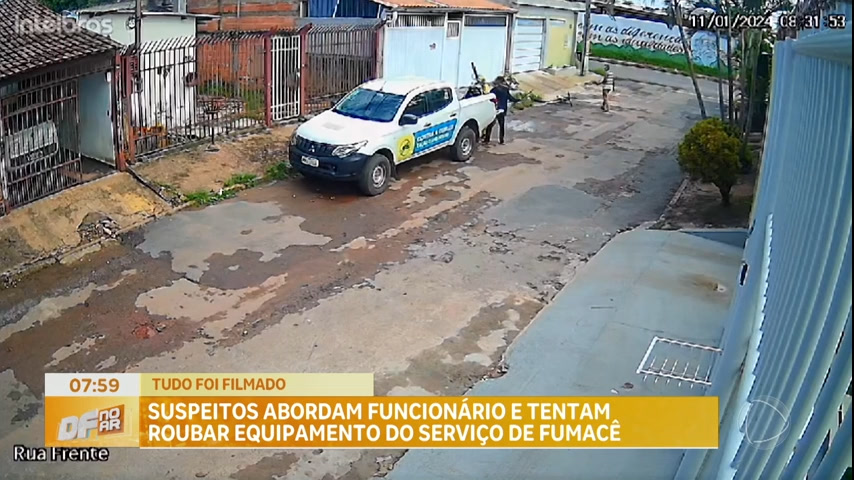- The latest Convention on Migratory Species of Wild Animals (also known as the Bonn Convention) meeting (COP-14) is taking place in Uzbekistan this month, and the government of Brazil has proposed protections for two catfish species with extraordinary migrations, the dorado and piramutaba (manitoa).
- The dorado’s migratory journey for instance spans a distance of 11,000+ kilometers round trip, from the Andes to the mouth of the Amazon River, and along the way it connects multiple ecosystems and feeds local and Indigenous fishing communities, but is under increasing threat.
- “During COP-14, the dorado and piramutaba will take a prominent place thanks to the Brazilian Government’s proposal to include them in CMS Appendix II…It is essential that the governments at the meeting adopt Brazil’s proposal,” a new op-ed argues.
- This article is a commentary. The views expressed are those of the author, not necessarily Mongabay.
The Amazon is the largest, most biologically diverse basin in the world. Its rainforest, the planet’s greatest continuous tropical forest, plays a critical role in global climate regulation. The Amazon Basin also represents the biggest river and wetland system in the world, and is home to more than 47 million people, including some 1.5 million Indigenous peoples whose lives, culture, and livelihoods are intimately related to its waters.
Those waters provide habitat for more than 2,500 scientifically described fish species. Some of these have the distinction of completing the longest freshwater fish migrations on Earth. At the 14thConference of the Parties to the Convention on Migratory Species of Wild Animals – or CMS COP-14 – taking place in Uzbekistan this month, the government of Brazil has proposed to conserve two catfish species with extraordinary migrations, the doradoand piramutaba (manitoa).

The migratory movements of the dorado catfish (Brachyplatystoma rouseauxii) are widely recognized in the Amazon Basin. Its migratory journey spans an astonishing distance of more than 11,000 kilometers round trip, from spawning areas in the Andes to nursery areas at the mouth of the Amazon River in the Atlantic Ocean. The dorado’s migratory route, although not yet fully unraveled, is believed to take it through at least six countries, including Ecuador, Peru, Bolivia, Brazil, Colombia and Venezuela.
A combination of factors that include their abundance, size, and schooling behavior make migratory fish species the most important fish captured in the commercial fisheries of the Amazon, but also one of the most vulnerable. The migrations of these and other Amazon fish species mark them as sentinels of the health and large-scale connectivity of Amazonian rivers, lakes, flooded forests and flooded savannas. These fish are critical for the region’s terrestrial health and are ambassadors for the well-being and livelihoods of Amazon peoples.
Yet many of the same pressures from humans that now wreak havoc on the Amazon’s forests also undermine its freshwater ecosystems – from deforestation and forest degradation, roads, and hydroelectric dams to alluvial gold mining, agricultural expansion, and overfishing – these and other factors affect the ecological integrity and connectivity of the entire Amazon.
See related: Salmon and other migratory fish play crucial role in delivering nutrients to ecosystems

The decline of these long-distance migratory species would represent a tipping point both for Amazon fisheries and aquatic biodiversity in general. To ensure the conservation of the large migratory freshwater fish species like the dorado and piramutaba, it is essential to implement sustainable management measures and conserve their habitats in key areas for their life cycle, such as spawning and feeding.
By securing their migration routes and conserving their aquatic ecosystems in the Amazon, we can ensure a sustainable future for both their biodiversity and the people who depend on them. The inclusion of the dorado and piramutaba in Appendix II of CMS is a critical step in this direction.
During COP-14, the dorado and piramutaba will take a prominent place thanks to the Brazilian Government’s proposal to include them in CMS Appendix II, which covers migratory species whose conservation status would benefit considerably from international cooperation. Migratory species know no borders and their conservation can only be effective with transboundary cooperation.

Governing bodies across the Amazon Basin must recognize and connect successful initiatives led by Indigenous peoples, local communities, private firms, and civil society organizations at the same time as basin-wide collaboration networks such as the Amazon Waters Alliance have fostered – and continue to foster – such needed transboundary collaborations.
The Wildlife Conservation Society and our partners in the Amazon Waters Alliance are hopeful that this effort, if successful, will stimulate further cooperation towards their sustainable management and the conservation of their habitats. A key focus of this CMS COP is the concept of connectivity, and no species epitomizes that idea more than the incredible migratory catfish of the Amazon. It is essential that the governments at the meeting adopt Brazil’s proposal.
Mariana Varese is the Peru-based director of the Wildlife Conservation Society’s Amazon Landscapes program.
Related audio from Mongabay’s podcast:How a grassroots NGO and Indigenous leadership combine to protect a large section of Peruvian rainforest, listen here:
See related coverage:
Indigenous effort in Bangladesh helps reverse endangered fish’s slide to extinction


 相关文章
相关文章




 精彩导读
精彩导读

 热门资讯
热门资讯 关注我们
关注我们
